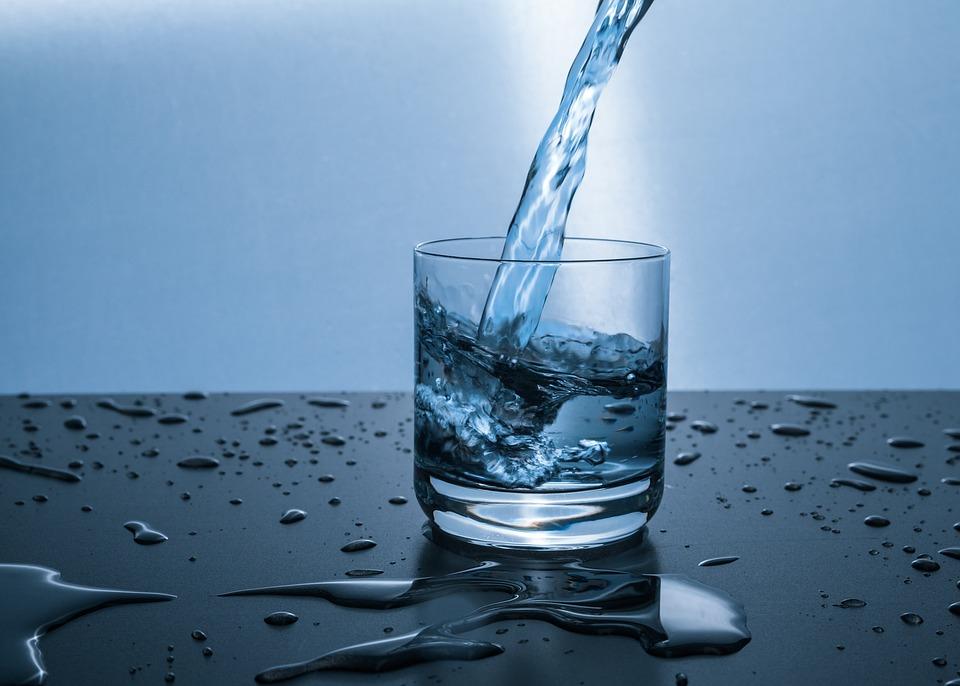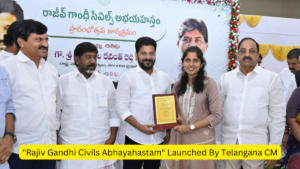The Government of India, unwavering in its commitment to providing safe and potable tap water to every rural household in the country launched the Jal Jeevan Mission (JJM) in August 2019. This mission, implemented in collaboration with states, aims to ensure the provision of water in adequate quantity and of prescribed quality on a regular and long-term basis.
Progress Since Inception
- Since the initiation of the Jal Jeevan Mission, there has been remarkable progress in enhancing access to tap water for rural households.
- At the outset in August 2019, only 16.8% of rural households (3.23 Crore) had tap water connections.
- As of December 7, 2023, States/UTs report that an additional 10.53 Crore rural households have been provided with tap water connections under JJM.
- Consequently, out of the 19.24 Crore rural households in the country, approximately 71.51% (13.76 Crore) now have tap water supply in their homes.
Technological Innovations for Water Quality
- Addressing water quality issues is a critical aspect of the Jal Jeevan Mission. The choice of technology for handling water quality concerns in affected areas rests with the respective State/UT Governments.
- The Government of India collaborates with academic institutions, including Indian Institutes of Technology (IITs), to provide advice on various technologies available to address water quality issues.
IIT-Madras’ Contribution: The ‘AMRIT’ Technology
- One notable technological innovation is the ‘AMRIT’ (Arsenic and Metal Removal by Indian Technology) developed by the Indian Institute of Technology, Madras.
- This technology employs nano-scale iron oxy-hydroxide to selectively remove arsenic when water is passed through it.
- Designed for both domestic and community levels, ‘AMRIT’ has been recommended by the ‘Standing Committee’ of the Department of Drinking Water and Sanitation for its efficacy in water purification.
Consequences of Arsenic Exposure
- Prolonged arsenic exposure from water and food may lead to cancer and skin issues. Recent findings suggest a potential link between contaminated water consumption and the development of diabetes, hypertension, and reproductive problems.
- Exposure during pregnancy and early childhood is associated with adverse effects on cognitive development and increased mortality in young adults.
Community Water Purification Plants (CWPPs)
- As reported by the States/UTs in the Integrated Management Information System (IMIS) of the Department as of December 6, 2023, all 378 arsenic-affected habitations yet to receive tap water supply have been provided with safe drinking water through Community Water Purification Plants (CWPPs).
- These plants cater to the essential needs of the communities, ensuring access to safe water for drinking and cooking purposes.
Important Questions Related to Exams
Q. What is the Jal Jeevan Mission, and when was it launched?
Answer: The Jal Jeevan Mission is a government initiative launched in August 2019 by the Government of India. It aims to provide safe and potable tap water to all rural households in the country.
Q. What is the significance of the ‘AMRIT’ technology developed by IIT-Madras?
Answer: ‘AMRIT’ (Arsenic and Metal Removal by Indian Technology) is a technology developed by IIT-Madras for the removal of arsenic and metal ions from water. It uses nano-scale iron oxy-hydroxide, selectively removing arsenic when water is passed through it.
Q. What is the current percentage of rural households with tap water supply, as reported by States/UTs as of December 7, 2023?
Answer: As of December 7, 2023, out of the 19.24 Crore rural households in the country, approximately 71.51% (13.76 Crore) households are reported to have tap water supply in their homes.



 State Govt Launches Shramik Basera Schem...
State Govt Launches Shramik Basera Schem...
 "Rajiv Gandhi Civils Abhayahastam" Launc...
"Rajiv Gandhi Civils Abhayahastam" Launc...
 The Business Advisory Committee For New ...
The Business Advisory Committee For New ...
